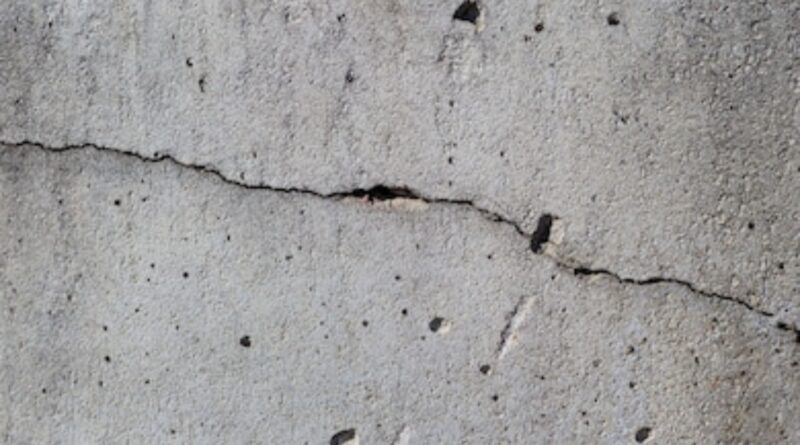Tips for Concreting in Hot weather ( Summer )
Concreting in hot weather shall be done as per procedure set out in IS 7861. In hot weather suitable means shall be provided to ensure that the temperature of the concrete when deposited in the forms does not exceed 30 ºC .
- Plan the best time of day to place the concrete. In hot weather, the best time may be very early in the morning or late in the evening.
- Chilled water shall be used to reduce the temperature of the mix.
- Aggregate stockpiles shall be shielded from direct sun.
- Mixing water shall be protected from direct sunlight by sheltering the storage tanks with shades painted white on the outside.
- All form work and reinforcement shall be sprayed with water when necessary to keep temperatures below 30ºC before concrete is placed.
- If it is not possible to keep the temperature of concrete below
30ºC after all stated measures, the limit may be raised to an absolute maximum of 35ºC . - This relaxation of the limit does not apply to large machinery foundations.
- Any concrete with a temperature in excess of 35ºC at time of placement shall not be used.
- Concrete placing shall be completed as quickly and efficiently as possible, and exposed surfaces immediately covered to minimize the evaporation of water.
- To prevent early drying and cracking, the relative humidity shall be kept high and the concrete surfaces kept moist by spraying with clean water and covered with wet hessian.
- If moist curing can’t be continued beyond 24 hours, protect the surface from drying with curing paper, heat reflecting plastic sheets, or membrane forming curing compounds while the surface is still damp.
EFFECTS OF HOT WEATHER ON CONCRETE
Accelerated Setting
High temperature increases the rate or setting of the concrete. The duration of time during which the concrete can be handled is reduced. Quick stiffing may necessitate undesirable re tempering by addition of water. It may also Result in cold joints
Reduction in strength
High temperature results in the increase of the quantity of mixing water to maintain the work ability with consequent reduction in strength.
Increased tendency to crack
Either before or after hardening plastic shrinkage cracks may form in the partially hardened concrete due to rapid evaporation of water. Cracks may be developed in hardened concrete either by increased drying shrinkage resulting from greater mixing water used or by cooling of the concrete from its elevated initial temperature
Rapid Evaporation of Water During Curing Period
It is difficult to retain moisture for hydration and maintain reasonably uniform temperature conditions during the curing period.
Difficulty in Control of Air content in Air Entrained concrete
It is more difficult to control air content in air-entrained concrete. This adds to the difficulty of controlling work ability. For a given amount of air-entraining agent. hot concrete will entrain less air than concrete at normal temperatures.
In hot weather, the ingredients of concrete should be cooled to the extent necessary to maintain the temperature at the time of placing below 40 degree Celsius

